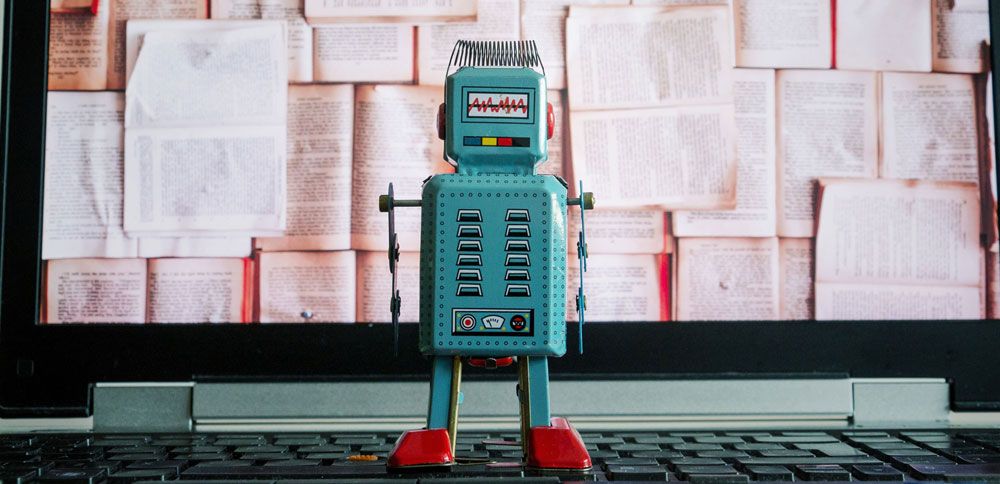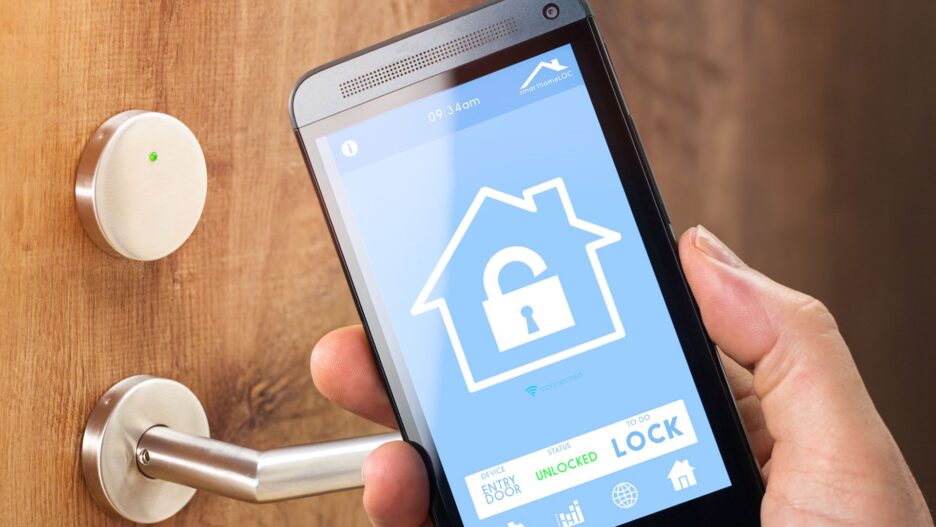IoT Security
While it may sound like a buzzword, the concept of “Internet of Things” has been around for at least two decades and has seen a popularity explosion in recent years due to its impact in the IT industry.
In simple terms, Internet of Things, as described in Forbes, is “the concept of basically connecting any device with an on and off switch to the Internet (and/or to each other).”
The Internet of Things (IoT) definition encompasses the network of devices, appliances, and other items embedded with software, sensors and connectivity to exchange data. The full connectivity spectrum of devices paints a future picture where every item can be connected and communicate intelligently.
The pace at which devices are becoming interconnected raises concerns about security and the regulatory changes that may be necessary to secure the Internet of Things technology. As IoT spreads like wildfire, Internet-connected devices are subject to cyber attacks and other threats.
In this article, we will talk about the Internet of Things Security along with its benefits, privacy, threats, and risks. We hope to shed light on this popular concept and why it is important to keep security and safety at the forefront.
IoT Framework
IoT frameworks support the interaction between interconnected things, allowing distributed computing and applications to existing seamlessly.
Making a conscious selection of an IoT framework to use as the base for an IoT infrastructure can be challenging in a market where there is no clear dominance in terms of methodology, platform, or approach for IoT.
As detailed in DZone, It’s important to understand that IoT frameworks are companions to “cloud platforms, analytics, microservices, APIs, and function as part of a hybrid integration architecture.” With their broad use in mind, IoT frameworks are varied and diverse in the characteristics they offer, so it is important to evaluate the needs the IoT infrastructure should satisfy to make the smartest choice in frameworks. In essence, the right IoT framework should deliver the most value in time, outcome, and money to your organization.
Internet of Things Benefits
Internet of Things benefits individuals, families, organizations, enterprises, and overall, entire societies with connected devices.

These are the leading and most impactful Internet of Things benefits:
- Communication: As previously described, IoT connects any and all devices. This interconnectivity fosters communication between devices, which enables a constant flow of data and information. With the available data and information, IoT users can make better informed decisions in desired subjects.
- Automation: Interconnected devices can be controlled and automated to perform specific tasks without significant human effort. This benefit is particularly prominent in Smart Home applications, where interconnected devices help consumers automate mundane tasks such as controlling room temperature while playing your favorite song based on the time of the day.
- Quality of life: Improved quality of life is a result of a satisfactory IoT structure. For example, with the use of IoT, healthcare systems can deliver fast and accurate information about patient monitoring, sensors, and more to provide patient treatment information.
- Cost-effectiveness: IoT solutions bring productivity. Productive systems and applications reduce the cost of added resources and human effort.
- Time efficiency: As it saves money, IoT also helps save time and efficiently manage its consumption. For example, companies can collect and analyze information about tracking, inventory controls, shipping, and more in real-time through multiple connected devices that feed knowledge and power smart decision-making.
IoT Security Issues
Security in Internet of Things is a hot topic in the IT industry. With almost daily reports of Internet of Things hacking, IoT cybersecurity threats, and losses in the billions when it comes to money and data, it is more important than ever before to pay attention to the IoT security issues and how to secure IoT devices and systems.
Internet of Things and security should always be companions. Any IoT architecture or system must be designed with security layers in each level of implementation. Internet of Things security risks must be evaluated and addressed to get enterprises to securely leverage IoT solutions. Next, we are going to discuss some major threats in terms of IoT security issues: hacking and privacy.
Internet of Things hacking
If it’s online, it’s hackable and IoT is no exception. The vastness and availability of the Internet of Things almost feel like its inviting hackers to play. From phishing emails to website bugs, hackers are on the prowl and eager to discover the vulnerabilities of IoT.
Devices tend to be naturally susceptible to cyber attacks. Attackers thrive in poorly secured environments or even just one single exposed device. While some IoT attacks can be mild others can lead to catastrophic consequences.
It may be virtually impossible to build a 100% unhackable product or system, but many incidents are preventable with standard best practices of securing IoT.
These are some examples of IoT security issues:
- Bots: Hackers love to hijack systems and release bots that attack websites and online services. Much like in a real war, these bots strike with force and can saturate a system and bring it down.
- Data exposure: This disturbing cyberattack exposes databases of unprotected user information, such as emails and passwords, jeopardizing the integrity of private personal data.
- Lateral attacks: Hackers are capable of executing lateral attacks, which means jumping from device to device to infiltrate a corporate network. This is particularly scary for corporations that handle large quantities of confidential business information.
- Device transgression: Unauthorized access to devices is extremely harmful. There are many industry examples of hackers invading a person’s private environment by turning on a smartphone camera or microphone without consent, perpetrating financial fraud, or even scarier cases of terrorizing users for ransom.
These malicious hacking incidents serve to raise awareness of the importance of IoT security and its relevance in the current IT industry.
Internet of Things Privacy
Internet of Things privacy and security go hand in hand to protect personal and collective data. As stated in Wired, “if every product becomes connected then there’s the potential for unbridled observation of users.” To think of a future when your device is able to constantly watch your every move feels like the premise of a cyber horror movie.
These IoT cybersecurity concerns raise awareness of the fact that regulatory guidelines and standardization must be put in place to allow developers and users to securely exploit the benefits of IoT. Users demand protection of their personal data and companies need to pay closer attention to investing in robust Internet of Things privacy and protection measures that evolve alongside the emergent privacy threats.
With recent legislation and laws being made around data privacy protection, users are more aware than ever how just how exposed their data is when they connect their devices, accounts, and other electronic information.
The danger of data exposure lies in the misuse of said data. For example, a hacker can wrongfully manipulate the prescription information of a patient and send it straight to the pharmacy, exposing the patient to various scenarios that can range from non-prescribed medicine to which he/she can be allergic to or an overdose from an increase in dosage.
There are numerous techniques and methods that organizations can pursue to ensure security and reduce risks. Next, we are going to detail some of these IoT Security Solutions to help prevent hacking and privacy risks.
How to Avoid and Resolve IoT Security Issues
Whenever a new or relatively untapped technology emerges, risks and threats come with it. To address these risks and IoT security issues, here we take a look at some well-known IoT security solutions.
- Secure connectivity: The network that connects all the devices within the Internet of Things must be securely protected with antivirus, anti-malware, prevention and detection systems.
- Secure your devices: IoT device security is increasingly important as devices are heavily exposed to hacks and intrusion; risk reduction by an implementation of antivirus systems and encryption methods to secure data privacy is critical.
- Secure the cloud: Data must be protected during transit to the cloud and storage in the cloud. To achieve this, systems can implement device registration and policy-based authorization of security keys.
- Authentication methods: Control over who accesses IoT devices permits safe entryway to allowed users. There are several robust authentication and user management systems that can help safeguard information such as two-factor authentication, digital certificates, biometrics, and more.
- Data Encryption: Data encryption is particularly important to protect user privacy and prevent data breaches or leaks. With standard, cryptographic algorithms and encrypted keys, systems can secure user data and privacy appropriately.
- Test Hardware: Even though IoT refers to interconnected devices over a network, that doesn’t exclude the risks present in hardware. Hardware can be manipulated, which is why it’s important to perform rigorous testing.
 Conclusion
Conclusion
We have reviewed the importance of securing every connected device. For every relevant enterprise, company or organization, the Internet of Things Security should be a crucial element of their strategy and culture.
Nowadays, as more information and research becomes available, companies are being held accountable for the levels of security they provide in their products and/or services. With the right tools and solutions, companies are able to protect users and any exposed entity from the many security risks that are looming, ready to attack.
The Internet of Things brings a spectrum of risks but an even larger spectrum of Internet of Things benefits. It is worthwhile to eliminate or reduce as much as possible the risks to take advantage of the many benefits. The Internet of Things takes technology and society in general to new realms of exploration, where the future is just brimming with possibilities.
At Svitla Systems, we take security matters very seriously to help your project or company reach its full potential while it avoids the risks and threats the IT world is embedded with. To move towards the next level of IoT, security must take a leading role and become a fixture for all IoT systems.
To know more about how Svitla Systems can be your trusted partner to secure your systems, do not hesitate to contact us. We’ll be happy to help!





![[Blog cover] SEO optimization best practices](https://svitla.com/wp-content/uploads/2025/05/Blog-cover-SEO-optimization-best-practices-560x310.jpg)